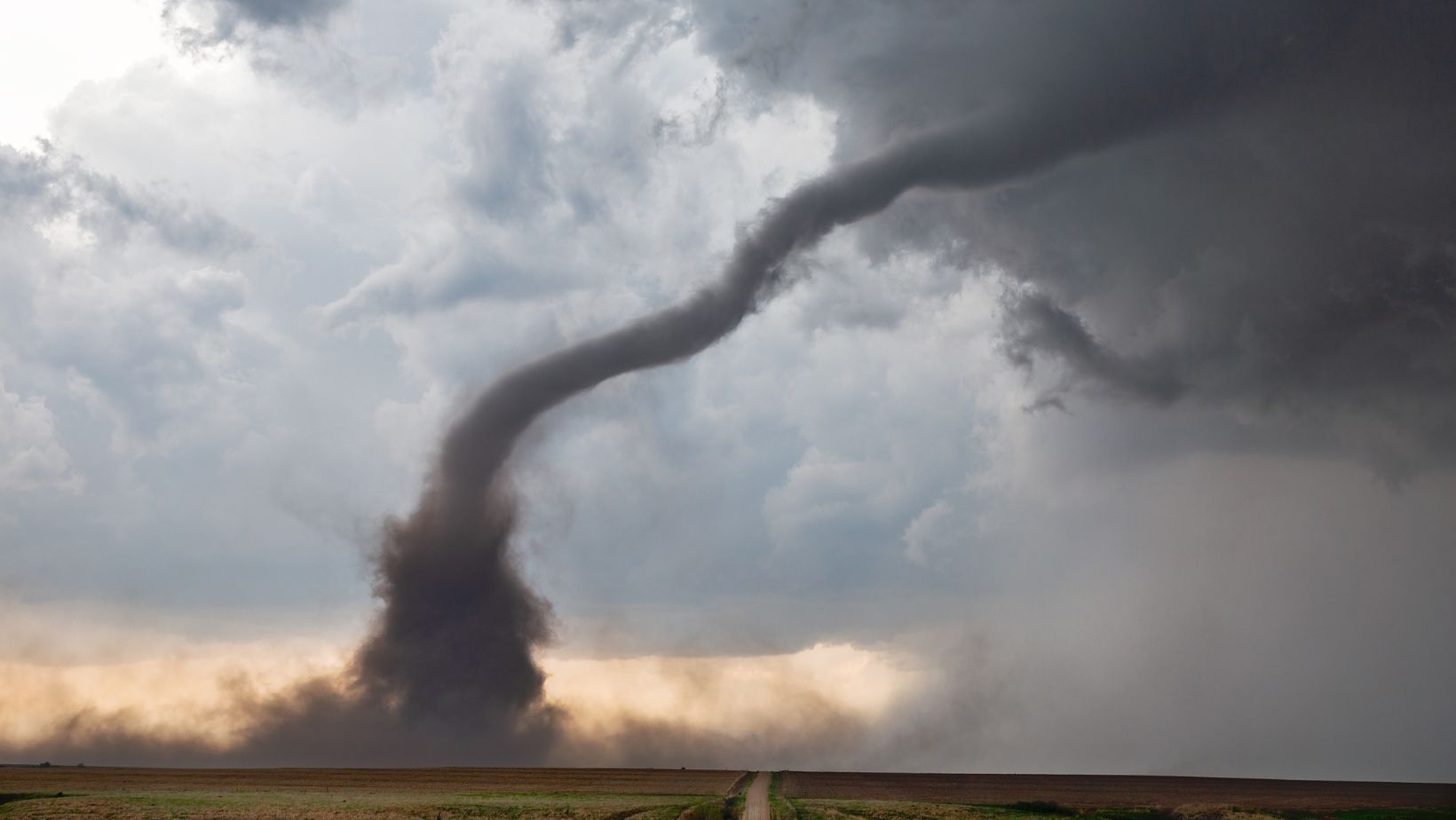Wondering about the chances of a tornado today? Well, let’s take a closer look at the current weather conditions and see what we can find. While I don’t have a crystal ball to predict with absolute certainty, I can offer some insights based on available data.
When assessing the likelihood of tornadoes, meteorologists consider various factors such as atmospheric instability, wind shear, and moisture content. These elements come together to create an environment conducive to tornado formation. By analyzing these variables, forecasters can provide us with valuable information regarding the potential for severe weather.
Keep in mind that tornadoes are relatively rare events, and their occurrence is often localized. So even if there are favorable conditions in one area, it doesn’t necessarily mean that every location will be at equal risk. It’s essential to stay updated with local weather reports and heed any warnings or watches issued by authorities.
While I cannot provide specific probabilities for your area without knowing your location, remember that meteorology is an ever-evolving science. Forecasters continuously analyze data from radar systems, satellites, and weather models to improve their predictions. So if you’re concerned about the chances of a tornado today, it’s always best to consult reliable sources like the National Weather Service or trusted meteorological websites for accurate and up-to-date information.
Chances of a Tornado Today
Tornadoes are powerful and destructive weather phenomena that can pose significant risks to both property and human life. Understanding how tornadoes form is crucial in assessing the chances of a tornado occurring on any given day.
Here’s an overview of the key factors involved in tornado formation:
1. Atmospheric Instability: Tornadoes typically develop when there is a clash between warm, moist air from the Gulf of Mexico and cool, dry air from Canada or the Rocky Mountains. This collision creates instability in the atmosphere, setting the stage for severe thunderstorms and potential tornado development.
2. Wind Shear: Wind shear refers to the change in wind speed or direction with height. In tornado formation, strong wind shear is essential as it helps create rotating columns of air known as mesocyclones. These mesocyclones serve as the foundation for tornado development.
3. Updrafts and Downdrafts: Within severe thunderstorms, powerful updrafts carry warm, moist air upward while downdrafts bring cool air down towards the surface. The interaction between these updrafts and downdrafts within a supercell thunderstorm can intensify rotation within a developing mesocyclone.
4. Supercell Thunderstorms: Tornadoes most commonly form within supercell thunderstorms – large, persistent storms characterized by rotating updrafts called mesocyclones. These supercells provide ideal conditions for sustained vertical motion, allowing tornadic activity to thrive.
5. Trigger Mechanisms: While atmospheric instability and wind shear provide favorable conditions for tornado formation, trigger mechanisms such as frontal boundaries or outflow boundaries can initiate storm development or enhance existing storms’ intensity.
It’s important to note that accurately predicting when and where a specific tornado will occur remains challenging due to their relatively small size compared to larger-scale weather patterns. However, meteorologists use advanced forecasting techniques combined with radar data, computer models, and historical climatology to assess the chances of tornadoes occurring within a given area on any particular day.
By monitoring atmospheric conditions and keeping an eye on severe weather alerts issued by trusted sources, we can stay informed about the potential for tornadoes and take appropriate precautions to ensure our safety.
Remember, tornadoes are unpredictable forces of nature, so it’s always prudent to be prepared and have a plan in place should severe weather strike. Stay safe!

Factors That Influence Tornado Occurrence
When it comes to predicting the chances of a tornado today, several key factors come into play. Understanding these factors can help us gain insights into the likelihood of tornado formation and enhance our preparedness. Let’s delve into some of the significant influences on tornado occurrence.
- Atmospheric Instability: Tornadoes thrive in environments where warm, moist air collides with cool, dry air. This clash creates an unstable atmosphere, providing the energy necessary for storm development and intensification.
- Wind Shear: Wind shear refers to the change in wind speed or direction with height. Strong wind shear is crucial for tornado formation as it promotes rotation within thunderstorms. When winds at different altitudes blow at varying speeds or directions, they create a spinning motion that can spawn a tornado under favorable conditions.
- Lifting Mechanisms: To initiate tornadogenesis, storms require a mechanism to lift air from near the surface upwards into the atmosphere. Common lifting mechanisms include cold fronts, warm fronts, dry lines, and outflow boundaries generated by previous storms.
- Topography: The geographical features of an area can influence tornado development by altering wind patterns and creating localized variations in temperature and moisture content. For instance, valleys or gaps between mountains can funnel winds and enhance atmospheric instability conducive to tornado formation.
- Time of Day: While tornadoes are possible at any time of day or night, they tend to be more frequent during late afternoon and early evening hours when atmospheric conditions are often most favorable for severe weather events.
- Seasonal Variations: Tornado frequency varies across different seasons due to changes in atmospheric dynamics and temperature gradients between regions. In regions prone to seasonal outbreaks like “Tornado Alley” in the United States, peak activity typically occurs during spring when warm moist air clashes with lingering cold air masses from winter.
Understanding these influential factors provides valuable insights into the chances of a tornado today. However, it’s important to note that tornado forecasting is a complex and ever-evolving science that relies on a combination of meteorological data, advanced modeling techniques, and expert analysis. Stay informed by following trusted weather sources and be prepared with a well-defined emergency plan in case severe weather strikes your area.
Please refer to the table below for some statistics related to tornado occurrences in the United States:
StatisticValue
Average annual tornadoes (U.S.) 1,200
Most active month , May
The most active time of day Afternoon
Enhanced Fujita Scale EF0-EF5
Remember, staying informed, being prepared, and seeking shelter in designated areas during severe weather conditions are crucial steps toward ensuring personal safety.






